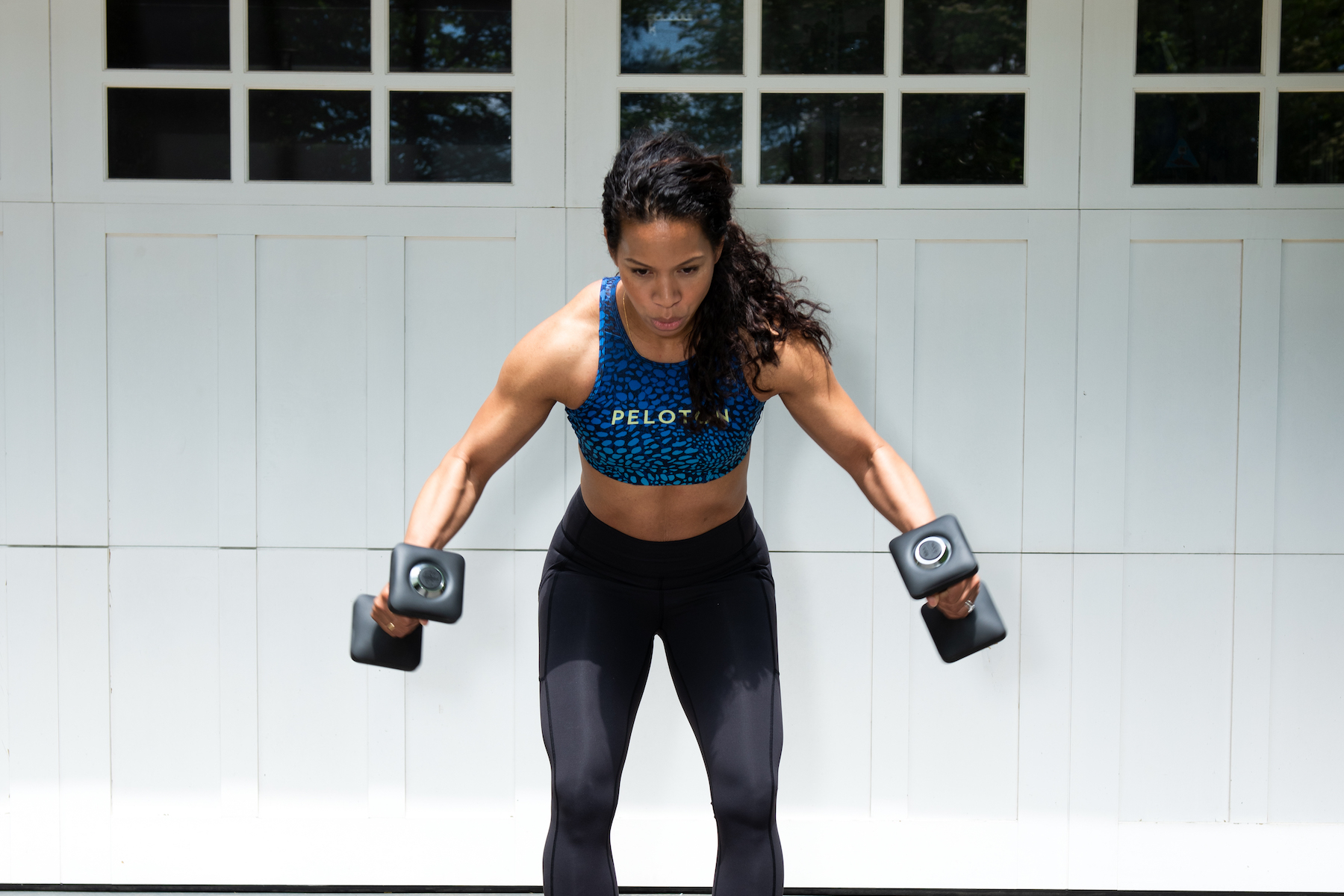If you’re in your 30s or 40s and want to build strength that lasts, it’s time to start thinking beyond trends. The goal isn’t just about muscle tone. It’s about creating a foundation of strength, mobility, and endurance that helps you stay active and independent as you age. The right strength exercises can help you do exactly that.
You don’t need extreme gym routines or hours of training. What you need is a consistent approach built on compound movements—exercises that work multiple muscle groups at once, improve stability, and build lean muscle efficiently.
These seven essential strength exercises are perfect for maintaining your physical health and energy long-term. From carrying groceries to playing with your kids or simply getting up off the floor with ease, these moves support real-world function and lifelong wellness.
Squats
Why it matters: Squats build your legs, glutes, hips, and core while improving balance and mobility.
To perform:
- Stand with feet shoulder-width apart
- Keep your chest up and core tight
- Bend your knees and push your hips back as if sitting into a chair
- Lower until your thighs are parallel to the ground, then press through your heels to return to standing
Dr. Lisa Carter, a movement specialist, explains, “Squats mimic natural movements like sitting and standing. They’re essential for preserving independence as we age.” Beginners can use a chair for support. More advanced individuals can add dumbbells or kettlebells for added challenge.
Deadlifts
Why it matters: Deadlifts strengthen your entire posterior chain—glutes, hamstrings, lower back, and core—while teaching you how to lift safely.
To perform:
- Stand with feet hip-width apart and a dumbbell or barbell in front of you
- Hinge at the hips, keep your back flat, and lower the weight
- Squeeze your glutes and use your hips to return to standing
This movement helps protect your spine and teaches body alignment under load. Start with light weights and focus on the hinge motion before increasing resistance.
Push-Ups
Why it matters: Push-ups build upper body and core strength while preparing your body for everyday pushing actions like lifting, opening doors, and bracing during falls.
To perform:
- Start in a high plank position
- Lower your chest to the ground by bending your elbows
- Push back up with control
Modify by doing push-ups on your knees or against a wall if needed. More advanced versions include incline push-ups, feet-elevated push-ups, or clap push-ups for power and endurance.
Bent-Over Rows
Why it matters: This back-focused exercise strengthens the upper and mid-back, shoulders, and arms, which supports posture and reduces injury risk.
To perform:
- Hold a dumbbell in each hand
- Stand with feet hip-width apart, bend at the hips, and keep your back flat
- Pull the weights toward your ribcage by squeezing your shoulder blades
- Slowly lower the weights and repeat
Bent-over rows help counteract the forward-shoulder posture that’s common with desk jobs and screen time. If needed, start with seated rows or light resistance bands.
Overhead Presses
Why it matters: Overhead presses improve shoulder strength, stability, and upper body coordination while engaging the core.
To perform:
- Stand tall with a dumbbell in each hand at shoulder level
- Press the weights overhead until your arms are fully extended
- Lower back to shoulder level with control
This movement helps with everyday tasks like reaching for items or lifting objects overhead. Beginners can perform it seated or use resistance bands. Progress by adding weight or pausing at the top.
Lunges
Why it matters: Lunges improve leg strength, balance, and hip mobility. They also correct muscle imbalances between the right and left sides of the body.
To perform:
- Stand tall and step forward with one leg
- Lower your hips until both knees are bent at 90 degrees
- Push through your front heel to return to standing
- Alternate legs
Lunges simulate natural movement patterns, enhance single-leg stability, and promote functional flexibility. Start with stationary lunges or hold onto a support if needed. Increase difficulty with dumbbells or walking lunges.
Planks
Why it matters: Planks build total core strength and endurance, which supports every movement you do—from walking and lifting to twisting and balancing.
To perform:
- Begin in a forearm plank position
- Elbows under shoulders, body in a straight line from head to heels
- Engage your core and hold for as long as possible with good form
Planks are scalable. Beginners can hold for 20 to 30 seconds or drop to their knees. Advanced variations include side planks, shoulder taps, or plank reaches.
Final Thoughts: Build Strength for Life
Long-term health isn’t just about burning calories or chasing physical appearance. It’s about preserving strength, function, and mobility so you can live fully and independently as you age.
These seven compound exercises target all the major muscle groups you need for real-world movement. They don’t require complex equipment or intense programs—just your commitment and consistency.
Start small. Focus on proper form. Build from there. As the months go by, you’ll notice you’re not just getting stronger—you’re moving better, feeling better, and living better.










